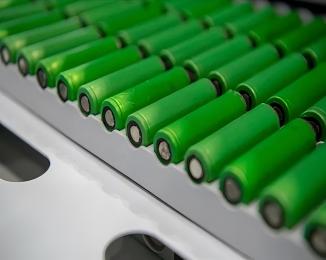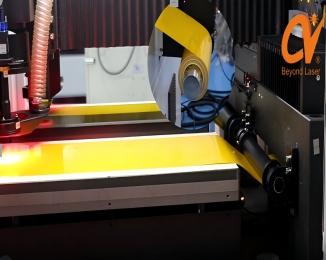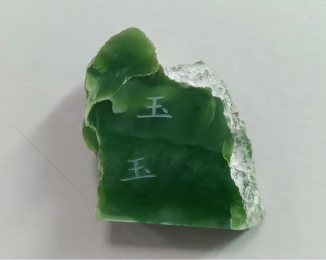
News
Comparison of traditional cutting and laser cutting for Flex circuits material
FPC, flexible printed circuit board, because soft material with free bending, coiling, folding and other advantages, greatly reduce the volume of electronic products, has been widely used in aerospace, military, mobile communication, portable computer peripherals, PDA, digital cameras, and other fields.
As an important component of all kinds of electronic and electrical products, there are many kinds of processes and materials on FPC. They include below materials,
1. Copper foil
The utility model discloses a negative electrolytic material, a thin, continuous metal foil deposited on the base layer of the circuit board as the conductive body of the PCB;
2. Cover layer film
It’s also called polyimide film, with excellent heat resistance, is an indispensable part of FPC (flexible printed circuit board).
The functions of polyimide film are as follows:
Protect copper foil from being exposed to the air and avoid oxidation of copper foil;
Cover subsequent surface treatment, such as areas that do not need gold plating are covered with PI;
Welding resistance in the subsequent surface mounting process.
3. PET film
PET film is a kind of film with comprehensive performance, high toughness, excellent heat and cold resistance. It is also a kind of printed circuit board material.
4. EIM electromagnetic membrane
EIM electromagnetic film is a vacuum sputtering method, can be on different substrates (PET/PC/ glass, etc.) coating shielding materials;
5. Conductive adhesive
Conductive adhesive is a kind of adhesive with certain conductivity after curing or drying. Its function is to connect a variety of conductive materials together to form an electrical path between the connected materials.
6. FR4
The grade code of a fire-resistant material is fr-4 reinforcing plate, FPC reinforcing plate, FR-4 laminated plate, epoxy plate, etc. Its bonding sheet and inner core thin copper-clad plate are important base materials of multi-layer printed circuit boards.
7. 3M adhesive tape
It is mainly used for pasting FR4 and FPC with the thickness of 0.4mm and above, and used as the FPC auxiliary materials.
The above are common FPC flexible circuit board materials.
The traditional depaneling methods is die punching or routing, now we the laser cutting methods are more and more widly used on flex circuits material processing, how about the comparison between them?
Traditional cutting
Traditional mechanical depaneling methods such as die punching and routing yield inadequate results in this regard, with large cut widths and stressors too extreme for intricate flex circuits, take long lead time and high mold cost. Therefore, it's necessary to find a new process for FPC, that's UV Laser cutting.
Laser cutting method
Compared with traditional cutting methods, laser cutting does not require any pre-production, can cut a variety of materials, non-contact processing, there is no tool wear, processing parts of different shapes, there is no need to replace the "tool", only need to change the cutting parameters. Laser cutting produce low noise, small vibration, no pollution. Just import the drawing into the computer, one key processing production, no manual loading and unloading, simple operation, reduce most of the labor time cost, achieve full automation production.
Advantages of laser cutting
Non-contact processing, no damage to the material, high cutting quality, no stress effect
Reduce the molding cost , no waste, automatic production, save labor cost.
With UV cold light source, fine cutting, cutting edge without burr, no glue overflow, less carbonization.
High production efficiency, full automatic production, double worktables;
Product structure advantages
Automatically load and unload system
Automatic design of reel automatic feeding, save time and cost without manual operation, more efficient.
Double laser head and double worktables design
Double laser head and double worktables, processing at the same time, laser power concentration, higher efficiency, better material cutting effect.
Automatic collecting system
Automatic collecting after cutting, two tray devices can automatic receiving, automatic counting system, convenient and fast.
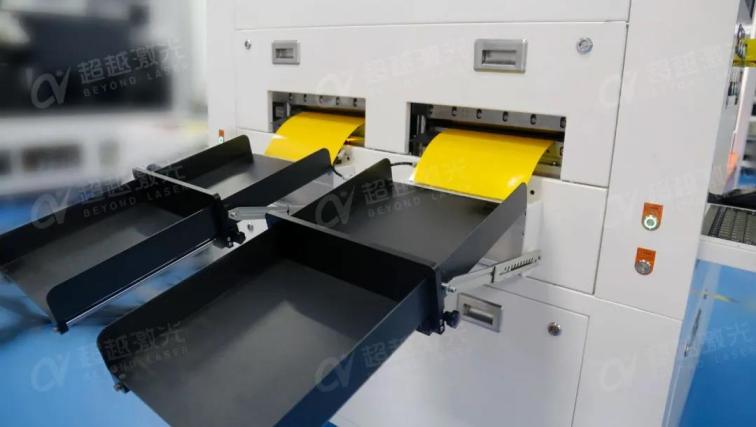
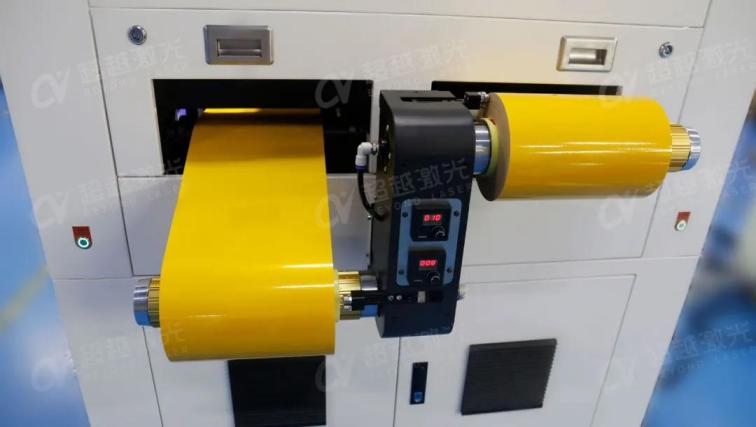
-
What are the precautions for operating a laser marking machine?
1. It is strictly prohibited to start the laser power supply and Q-switching power supply when there is no water or the water circulation is abnormal.
2. The Q power supply is not allowed to operate without load (i.e., the output terminal of the Q power supply should be left floating).
3. In case of any abnormal phenomenon, first turn off the galvanometer switch and the key switch, and then conduct a check.
4. It is not allowed to start other components before the krypton lamp is lit to prevent high voltage from entering and damaging the components.
5. Pay attention to leaving the output terminal (anode) of the laser power supply suspended to prevent sparking and breakdown with other electrical appliances.
6. Keep the internal circulating water clean. Regularly clean the water tank and replace it with clean deionized water or pure water.
-
What should we do when laser intensity decreases and the marking is not clear enough?
1. Turn off the machine and check if the laser resonant cavity has changed; Fine-tune the resonant cavity lens. Make the output light spot the best;
2. The acousto-optic crystal is offset or the output energy of the acousto-optic power supply is too low;
Adjust the position of the audio-visual crystal or increase the working current of the audio-visual power supply;
3. The laser entering the galvanometer deviates from the center: Adjust the laser;
4. If the current is adjusted to around 20A but the light sensitivity is still insufficient: the krypton lamp is aging. Replace it with a new one.
-
How to maintain a UV laser cutting machine?
1. It is required to carry out regular cleaning every day, remove debris from the countertop, limiters and guide rails, and spray lubricating oil on the guide rails
2. The waste materials in the collection box should be cleared regularly to prevent excessive waste from blocking the exhaust port.
3. Clean the chiller once every 15 days, drain all the internal water, and then fill it with fresh pure water.
4. The reflector and focusing lens should be wiped with a special cleaning solution every 6 to 8 hours.
When wiping, use a cotton swab or cotton swab dipped in the cleaning solution to wipe from the center to the edge of the focusing lens in a counterclockwise direction.
At the same time, be careful not to scratch the lens.
5. The indoor environment can affect the lifespan of the machine, especially in damp and dusty conditions.
A damp environment is prone to causing rust on the reflective lenses and also easily leading to short circuits, discharge and sparking of the velvet laser.
-
What accidents might be caused by the laser emission when using a laser cutting machine?
(1) A fire was caused by the laser coming into contact with flammable materials.
Everyone knows that the power of laser generators is very high, especially when it comes to high-power laser cutting machines, the temperature of the emitted laser is extremely high. The possibility of a fire being caused when a laser beam comes into contact with flammable objects is very high.
(2) Harmful gases may be produced when the machine is in operation.
For instance, when cutting with oxygen, it undergoes a chemical reaction with the cutting material, generating unknown chemical substances or fine particles and other impurities. After being absorbed by the human body, it may cause allergic reactions or discomfort in the lungs and other respiratory tracts. Protective measures should be taken when conducting work.
(3) Direct laser exposure to the human body can be harmful.
The damage caused by lasers to the human body mainly includes damage to the eyes and skin. Among the harms caused by lasers, the damage to the eyes is the most severe. Moreover, damage to the eyes is permanent. So when doing homework, you must pay attention to protecting your eyes.
-
What is the focused spot diameter of nanosecond, picosecond and femtosecond laser?
Nanosecond: The light spot is 0.5-1mm.
Picosecond: The focused spot is around 0.02mm.
Femtosecond: Under the action of a laser beam with a high repetition rate of 100-200KHz and a very short pulse width of 10ps,
the focused spot diameter is as small as 0.003mm.
-
What are the main applications of UV laser cutting machine?
The UV laser cutting machine can be used for cutting and depaneling PCB.
It can precisely cut and shape various types of PCB circuit boards with V-CUT and stamp holes, and open Windows and covers.
It can also be used for separating packaged circuit boards and ordinary smooth boards.
It is suitable for cutting various types of PCB substrates, such as ceramic substrates, rigid-flex boards, FR4, PCBs, FPCs, fingerprint recognition modules, cover films, composite materials, copper substrates, aluminum substrates, etc.
-
Precautions for laser cutting machines to process various metal materials?
Copper and brass:
Both materials have high reflectivity and excellent thermal conductivity.
Brass with a thickness of less than 1mm can be processed by nitrogen laser cutting.
Copper with a thickness of less than 2mm can be cut. The gas used for laser cutting processing must be oxygen.
Copper and brass can only be cut when a "reflective absorption" device is installed on the system. Otherwise, reflection will damage the optical components.
Synthetic materials:
Processable synthetic materials include: thermoplastics, thermosetting materials and artificial rubber.
Aluminum:
Despite its high reflectivity and thermal conductivity, aluminum materials with a thickness of less than 6mm can be cut, depending on the type of alloy and the capacity of the laser.
When cutting with oxygen, the cutting surface is rough and hard.
When nitrogen is used, the cutting surface is smooth.
Pure aluminum is extremely difficult to cut due to its high purity.
Only when a "reflection and absorption" device is installed on the fiber laser cutting machine system can aluminum materials be cut.
Otherwise, reflection will damage the optical components
-
What should be paid attention to when laser cutting stainless steel?
Laser cutting processing of stainless steel requires the use of oxygen, under the condition that edge oxidation is not a concern.
If nitrogen is used to achieve an edge free of oxidation and burrs, no further processing is required.
Coating an oil film on the surface of the sheet will achieve a better perforation effect without reducing the processing quality.

